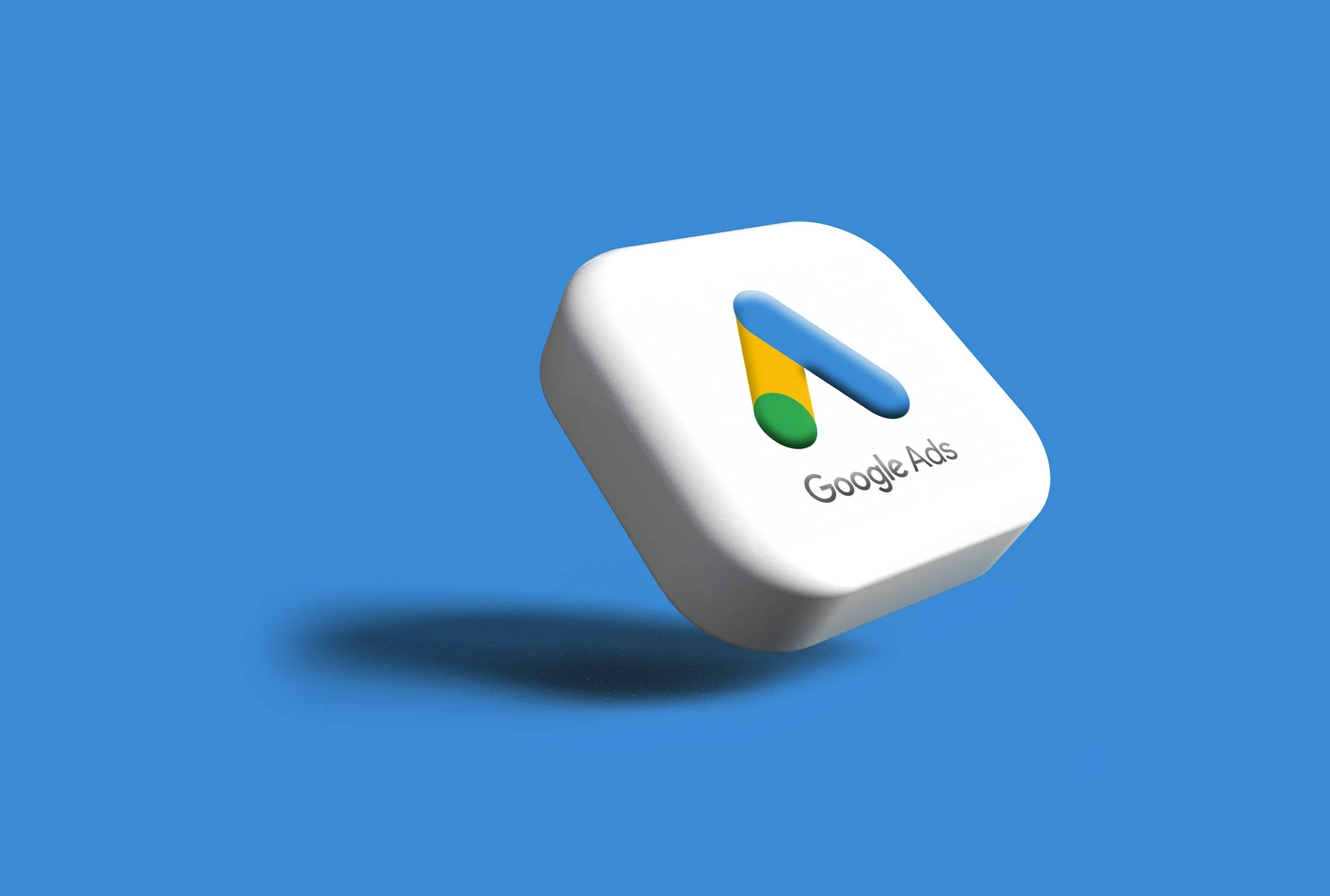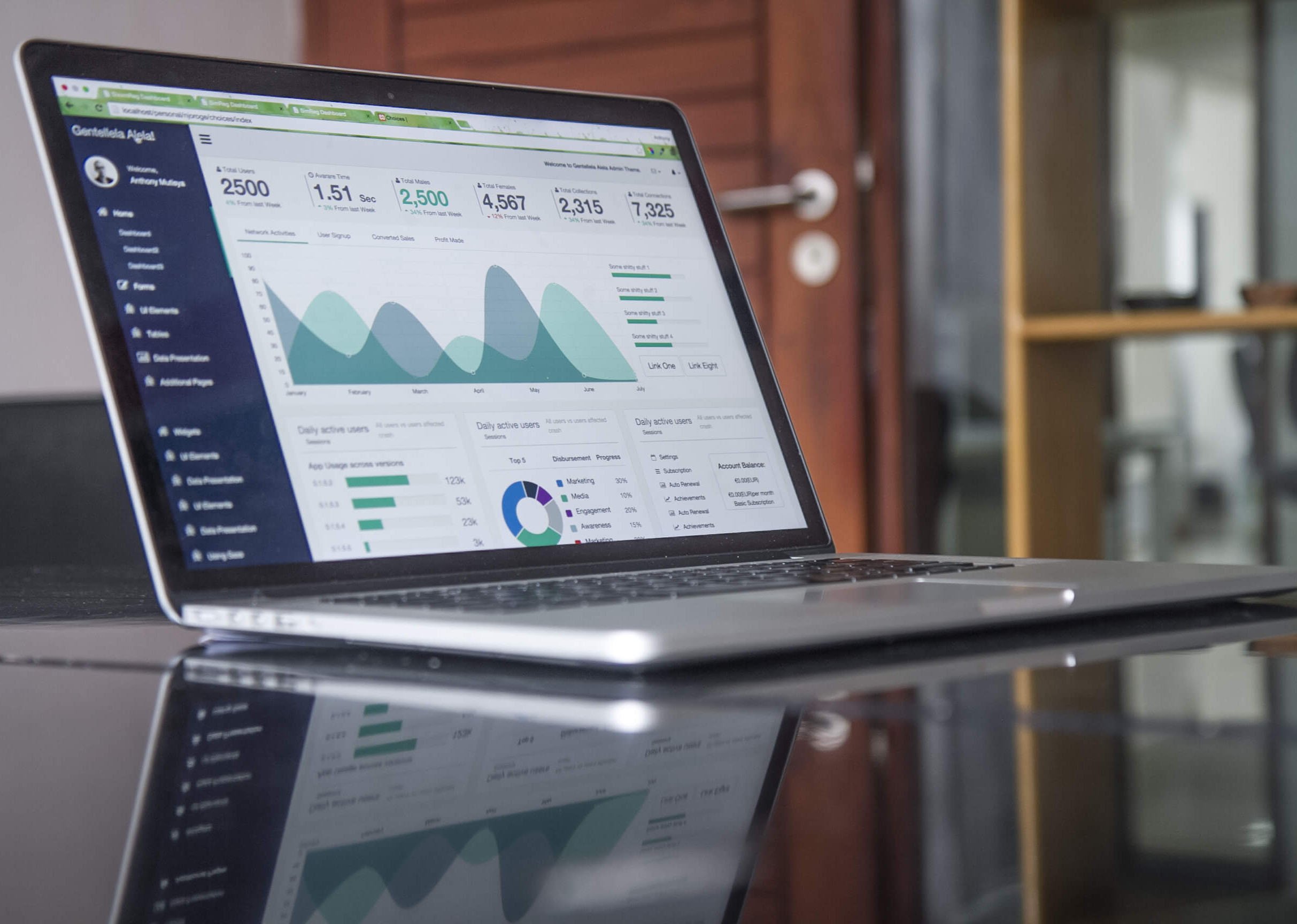What is GA4 and why you should care.
Key Takeaways
GA4 is built for a cookieless, cross-device future – it unifies website and app data, tracking customer journeys seamlessly across touchpoints for a far more accurate view of behaviour.
Machine learning and predictive metrics set GA4 apart – features like purchase probability, churn probability, and predicted revenue enable smarter targeting, remarketing, and campaign optimisation.
Event-based tracking and Explorations offer deeper insight – every interaction is treated as an event, giving marketers flexible, granular data while advanced reporting tools uncover patterns, drop-offs, and new growth opportunities.
For years, Universal Analytics (UA) was the backbone of digital measurement. Marketers relied on it for tracking traffic, conversions, and user behaviour across websites. But as privacy expectations grow, regulations tighten, and cookies fade into the background, UA has been replaced with a new standard: Google Analytics 4 (GA4).
GA4 has been promoted as privacy-centric and future-ready. It’s built to work with or without cookies, using machine learning to bridge data gaps and providing a far more holistic view of customer journeys across devices and platforms.
But what does that mean in practice – and why should you care?
Why GA4 Is Different
Unlike Universal Analytics, which mainly focused on websites, GA4 collects data from both websites and apps. This unified approach means businesses can finally track customer journeys across multiple devices and touchpoints without relying on fragmented data sources.
For example:
A customer might first discover your brand through a social ad on mobile.
Later, they browse your site on desktop.
Finally, they complete a purchase in your app.
In UA, stitching this behaviour together was difficult and often inaccurate. In GA4, it’s seamless. This cross-device tracking offers a more accurate and comprehensive picture of how users engage with your brand. With better insights into the role each channel plays, you can make smarter decisions about media spend, creative strategy, and customer experience.
The Power of Machine Learning
One of GA4’s most important features is its use of machine learning and statistical modelling to fill in gaps where cookies or identifiers are missing. This ensures that reporting remains robust even as the digital world moves towards greater privacy and less reliance on third-party data.
Predictive analytics is where GA4 truly shines. It introduces a new set of predictive metrics that go beyond historic reporting:
Purchase Probability – the likelihood a user will make a purchase in the next seven days.
Churn Probability – the likelihood a user will disengage and not return.
Predicted Revenue – the expected revenue from a user in the next 28 days.
These metrics are available in Audience Builder and Explorations within GA4, opening up powerful opportunities for remarketing and campaign optimisation. Imagine being able to create an audience of users with a high purchase probability and target them with personalised messaging, or to re-engage those at risk of churning before they drop off completely.
What Are Explorations?
dashboards existed in UA, but they were limited. GA4 introduces Explorations – advanced, flexible reporting tools that let you dive deeper into your user journey data.
Explorations provide techniques such as:
Funnel analysis to visualise conversion paths.
Path exploration to see how users navigate your site or app.
Segment overlaps to understand shared behaviours.
Cohort analysis to track retention over time.
These tools aren’t just about presenting numbers; they allow marketers to discover insights, test hypotheses, and uncover opportunities that were previously hidden in generic reports.
For e-commerce and performance-driven campaigns, Explorations are invaluable for understanding where users drop off, what triggers repeat purchases, and which touchpoints contribute most to conversions.
Event-Based Tracking
Perhaps the most significant shift in GA4 is the move from session-based tracking to an event-driven model.
In Universal Analytics, data was primarily grouped into sessions and pageviews. GA4 flips this on its head: every interaction – from a pageview to a video play, a scroll, or an add-to-basket – is tracked as an event.
This change makes GA4 far more flexible and granular. You can use:
Automatically tracked events – such as first visits, clicks, or scrolls.
Recommended events – based on best practice for e-commerce or apps.
Custom events – tailored to your business needs, such as tracking engagement with a new feature or monitoring key micro-conversions.
This event-based approach provides deeper context, enabling you to track user behaviour with far more nuance than before.
Why You Should Care
GA4 is not simply an upgrade – it is a fundamental shift in how digital analytics works. Marketers and business leaders should care because:
It’s the only way to future-proof measurement in a cookieless world.
It unifies website and app data for a full picture of customer journeys.
Predictive metrics empower smarter campaign targeting and personalisation.
Explorations unlock insights that were impossible in UA.
Event-based tracking gives more accurate, flexible, and business-relevant data.
For brands running paid search, paid social, or omnichannel campaigns, GA4 offers more reliable attribution and deeper understanding of how each touchpoint contributes to conversion.
Final Thoughts
GA4 represents a shift towards smarter, privacy-conscious, and more actionable analytics. For marketers, it’s not optional – it’s the new baseline. While the learning curve is steeper than Universal Analytics, the benefits are clear: more accurate insights, predictive capabilities, and reporting designed for a cookieless future.
If you’re running PPC or paid social campaigns and want to ensure you’re making the most of GA4’s advanced measurement tools, our team at One Day Agency in Manchester can help. From event setup to reporting frameworks and predictive audience targeting, we’ll ensure you’re not just tracking data – but using it to drive growth.
To learn more about GA4, get in contact today.






